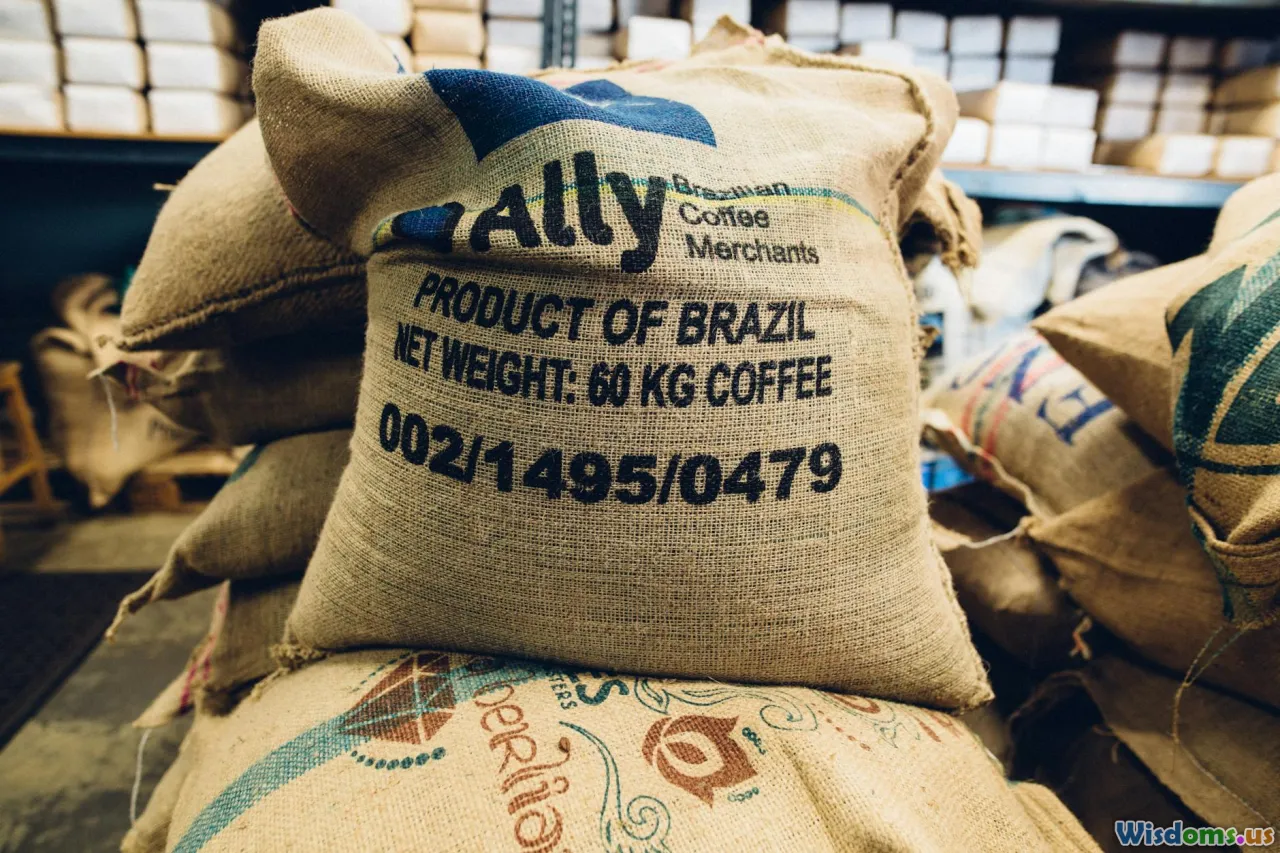
Could Decentralized Supply Chains Solve Global Shortages?
9 min read Exploring how decentralized supply chains could address global shortages by enhancing resilience, transparency, and adaptability in critical resource distribution. (0 Reviews)
Could Decentralized Supply Chains Solve Global Shortages?
In recent years, shocks to global supply chains—from the COVID-19 pandemic to geopolitical tensions—have exposed critical vulnerabilities, triggering widespread shortages of goods ranging from semiconductors to medical supplies. This fragility invites a provocative question: could decentralized supply chains be the innovative key to solving global shortages and enhancing supply resiliency?
Introduction
The intricate network of global manufacturing and logistics has traditionally favored centralized, efficiency-driven supply chains optimized for cost reduction and scale. However, while these systems excelled under stable conditions, their tendency towards central hubs and reliance on a small number of suppliers has led to systemic risks. When one node falters, ripple effects are felt worldwide.
Decentralized supply chains—systems where production, sourcing, and distribution are distributed across multiple independent entities—are emerging as a contender to mitigate such risks. Supported by advances in blockchain technology, Internet of Things (IoT), and digital marketplaces, decentralization promises enhanced transparency, flexibility, and local empowerment. To assess their potential, let's delve into what decentralization entails, the benefits and hurdles, and real-life case studies illustrating their application.
Understanding Decentralized Supply Chains
What Does Decentralization Mean in Supply Chains?
Decentralization in supply chains refers to dispersing control and operation away from a single central entity to multiple, autonomous participants who collaborate through a shared network. Unlike conventional supply chains dependent on hierarchical command and control, decentralized networks emphasize peer-to-peer coordination, trustless verification, and modular adaptability.
Key components include:
- Distributed Production: Local or regional manufacturing centers instead of massive centralized factories.
- Shared Data Platforms: Blockchain or cloud-based ledgers enabling transparent tracking and synchronization.
- Collaborative Logistics: Diverse carriers and routes, dynamically selected rather than fixed paths.
Together, these components create a mesh of supply relationships designed to limit single points of failure and improve responsiveness.
The Case for Decentralized Supply Chains Against Global Shortages
1. Improving Resilience and Redundancy
Centralized supply chains often suffer from "brittleness"—they might perform well under normal scenarios but collapse during disruptions. For instance, the 2021 semiconductor shortage that hampered industries from automotive to consumer electronics was largely due to concentrated chip fabrication facilities in East Asia combined with demand surges and logistical snags.
Decentralized supply chains aim to avoid such bottlenecks by enabling:
- Multiple Sourcing Options: Shared production capacity across regions ensures that if one factory is down, others can compensate.
- Local Buffer Stocks and Production: Smaller localized inventories reduce reliance on distant facilities and mitigate risks from transport delays or international trade disruptions.
A report by the World Economic Forum emphasized that digitally enabled decentralized supply chains can reduce the impact of shocks by up to 30% through increased redundancy.
2. Enhanced Transparency and Trust
Opaque supply chains make it difficult to identify shortages or anticipate failures until it's too late. Decentralized systems, often powered by blockchain technology, allow all participants real-time access to immutable data regarding provenance, inventory levels, production stages, and shipments.
For example, Walmart has piloted blockchain to track produce origins and improve food safety. Extending similar transparent frameworks to other critical goods can alert stakeholders to impending shortages, enabling preemptive adjustments.
3. Flexibility and Rapid Adaptation
Decentralization supports agile responses. During the early COVID-19 pandemic, several decentralized 3D printing communities and small manufacturers worldwide retooled rapidly to produce personal protective equipment when traditional supply was stalled.
This contrasts with large-scale factories that often require lengthy lead times to switch production lines. Digital marketplaces can match orders with available capacity dynamically, optimizing supply under changing conditions.
4. Empowering Local Economies and Sustainability
Decentralized supply chains generally incorporate localized manufacturing hubs. This shift can reduce carbon footprints by cutting long-haul logistics and foster economic resilience in diverse regions.
The example of the European Union’s push for near-shoring semiconductor fabs illustrates the strategic intent to diversify supply bases and strengthen local participation.
Challenges and Limitations
While promising, decentralized supply chains face significant hurdles:
Complexity and Coordination
Greater participant numbers increase complexity in harmonizing standards, communication, and shared processes.
Investment and Infrastructure
Establishing local production capabilities and digital platforms requires capital, technical expertise, and scaling efforts that smaller players may find challenging.
Regulatory and Quality Control
Distributed sources raise concerns about maintaining consistent product quality and navigating heterogeneous regulatory landscapes.
Scalability and Cost
Operational costs might be higher compared to mass production efficiencies, with potential trade-offs between resilience and affordability.
Real-World Examples and Emerging Trends
Blockchains for Supply Transparency
IBM’s Food Trust blockchain has connected growers, processors, and retailers to prevent contamination outbreaks and ensure fresh delivery timing. Similar models are being adapted in pharmaceuticals to catch counterfeit medicines—a critical shortage factor.
Distributed Manufacturing Networks
Companies like Local Motors have pioneered micro-factories producing vehicle components and assembled products in distributed locations, reducing dependency on centralized plants.
Collaborative Logistics Platforms
Startups such as Flexport employ data-driven decentralized logistics to optimize routing, collaborate with multiple carriers, and improve responsiveness to disruptions.
Government Initiatives
The U.S. Department of Commerce has launched the Manufacturing USA program focusing on regional innovation hubs to strengthen resilient domestic production ecosystems.
Looking Ahead: The Future of Decentralized Supply Chains
The convergence of AI, IoT, and blockchain is expected to further empower decentralized supply networks, enabling predictive analytics, autonomous adjustments, and secure data exchanges. Regulatory frameworks and international cooperation will play key roles in supporting quality and interoperability standards.
A 2023 McKinsey study projects that by 2030, decentralized supply chains could handle up to 40% of global logistics by volume, catalyzing faster innovation cycles and reduced shortage impacts.
Conclusion
Global shortages have underscored the fragility embedded in today’s centralized supply chains. Decentralized supply chains offer a compelling alternative, championing resilience, transparency, and local empowerment. While the transition demands overcoming significant technological, regulatory, and economic obstacles, examples across industries demonstrate a tangible path forward.
For businesses, governments, and communities, embracing decentralized supply chain models is more than a strategic advantage; it could become a necessity to ensure continuous access to essential goods in an increasingly unpredictable world. Rallying innovation, investment, and collaborative governance around this paradigm could ultimately redefine supply networks that meet the challenges and complexities of the 21st century.
Rate the Post
User Reviews
Popular Posts
















